The Different Kinds Of Superchargers And Their Benefits #MuscleCarTech
I feel like not that many people know too much about superchargers compared to turbochargers, so I thought I would make a post about them to educate the masses. Here we go...
Centrifugal Supercharger
I feel like not that many people know too much about superchargers compared to turbochargers, so I thought I would make a post about them to educate the masses. Here we go...
Centrifugal Supercharger
The short story is that a centrifugal supercharger is for simplification purposes a turbocharger that is belt driven by the engine’s crankshaft. They are the most common in modified cars, there are very few street cars that came with a centrifugal supercharger from the factory.
“The centrifugal supercharger contains an impeller which spins at high speed to draw air into a small compressor housing (volute). When air leaves the impeller, it is traveling at high speed while having a low pressure. This low-pressure, high-speed air is sent through a diffuser which converts the airflow so that it is high-pressure, and low-speed.”
Pros
Centrifugal supercharger systems can easily be run with an intercooler compared with twin screw and Roots superchargers where using an intercooler can be more difficult.
They have a very linear power delivery, boost pressure builds as RPM’s increase.
More top end horsepower than Roots and twin screw superchargers
Cons
Torque at low RPM’s isn’t as good as Roots or twin screw blowers
Most complicated supercharger system
If you’re skipping fuel injection, you’ll need to use a blow through carburetor.
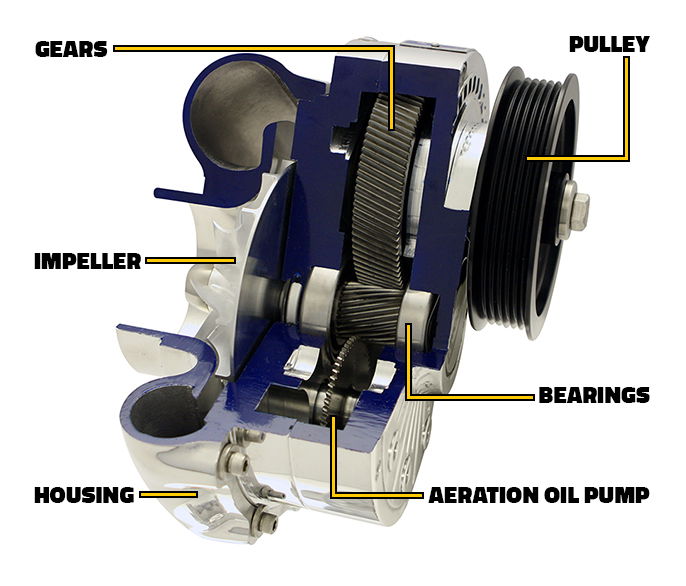
Twin Screw Supercharger
Twin screws actually compress the air that moves through it while a Roots blower does not.
Pros
Lots of low end torque
Ease of installation
Less heat soak than Roots blowers
More efficient than Roots blowers
Cons
Not as much peak horsepower as a centrifugal set up
More expensive than Roots blowers
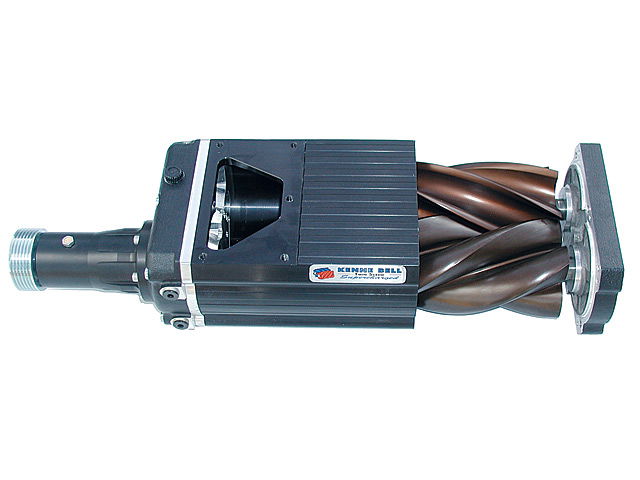
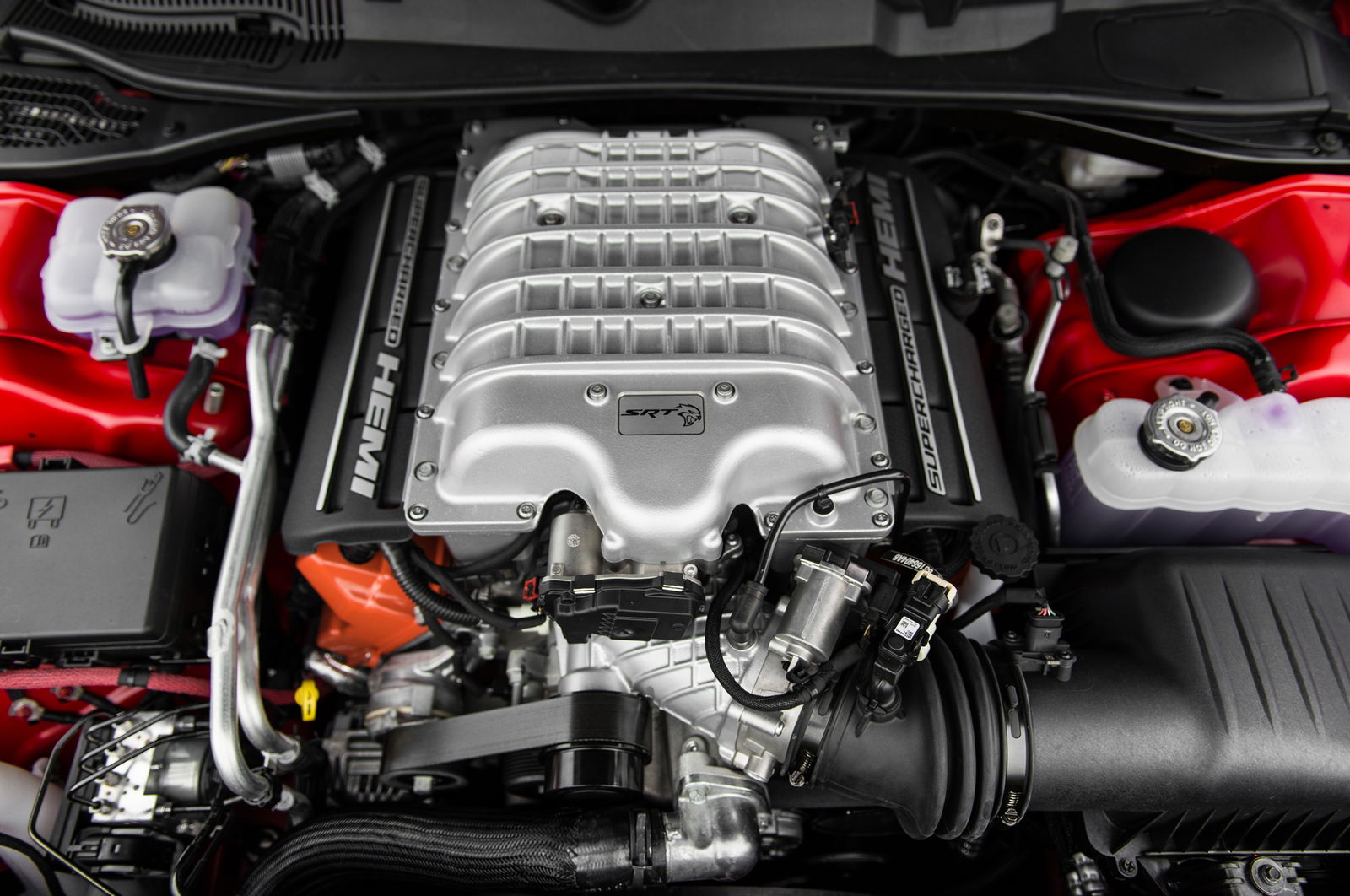
Roots Supercharger
The Roots style supercharger has been around for a very long time, it was first used as an air pump for mine ventilation. From that point, the Roots blower was used as an induction system for old 2 stroke Detroit Diesels. If someone says they have an 8-71 Roots blower on their motor, that means that the Roots blower was originally designed to work with an 8-71 model Detroit diesel. Here are what those numbers mean. The 8 refers to the number of cylinders and 71 is the series of engine used, so if you have a 6-71 blower then it came off of a 6 cylinder Detroit Diesel that’s a 71 series engine. Enough of that, onto the tech stuff…
Pros
Lots of low end torque
Ease of installation
Cheaper than twin screw superchargers
More old school look
Cons
Not as much peak horsepower as a centrifugal set up
More prone to heat soak than twin screw superchargers
Less efficient than twin screw superchargers
This content was originally posted by a Car Throttle user on our Community platform and was not commissioned or created by the CT editorial team.
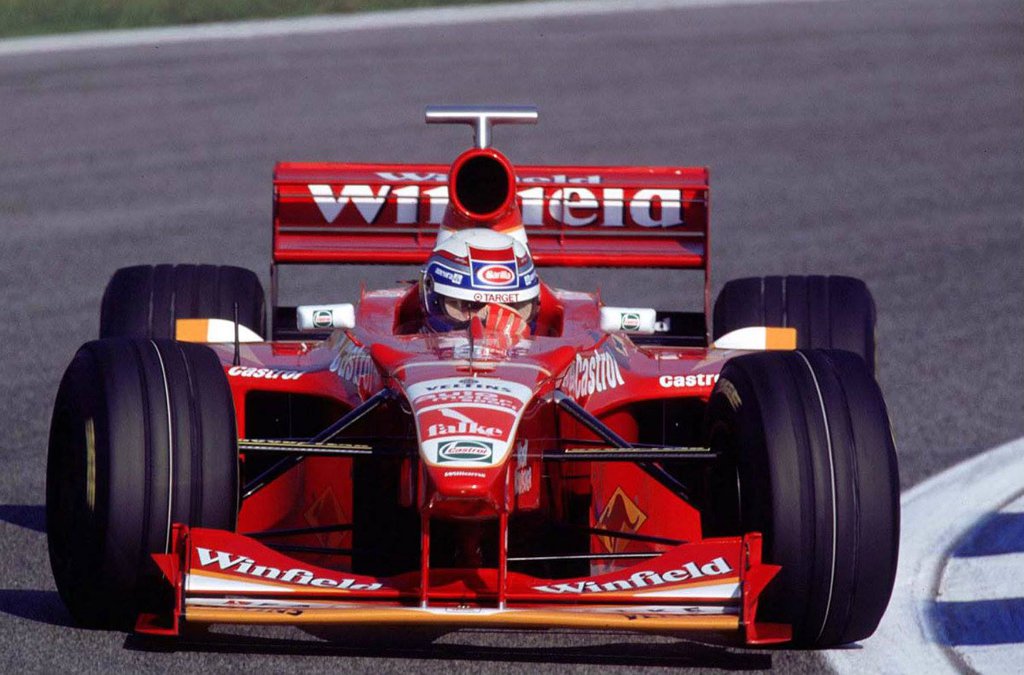
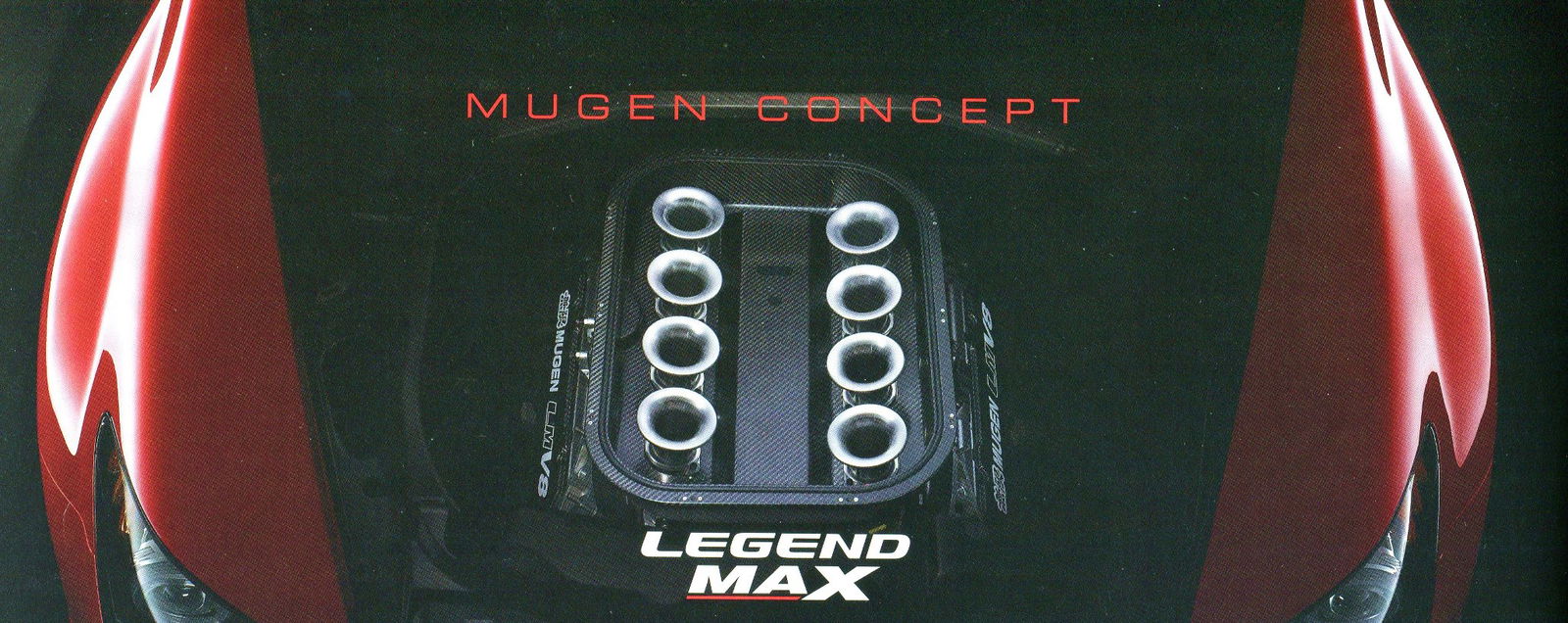
Comments
Very good post, as always XD Despite knowing (most of it anyway) this before hand it was still interesting…
Chadkake my love thank you so much for this post #nohomo
Noise; a benefit all three share.
Awesome read! I know plenty about turbochargers but not that much about superchargers - this was a great read!
Q U A L I T Y P O S T M Y G U Y
i would say the best part of a supercharger is
its easy and much more simple to install than a turbo
and its good for a linear powerband
Add this to your list of editor’s picks! You might end up with the most soon!
You forgot the biggest pro of the supercharger: Supercharger whine!😍👌🏻
I guess you could say this article is… Supercharged!
ever hear about the latham supercharger? it is an axial-flow design. extremely responsive and lower discharge temps than a centrifugal.
Pagination